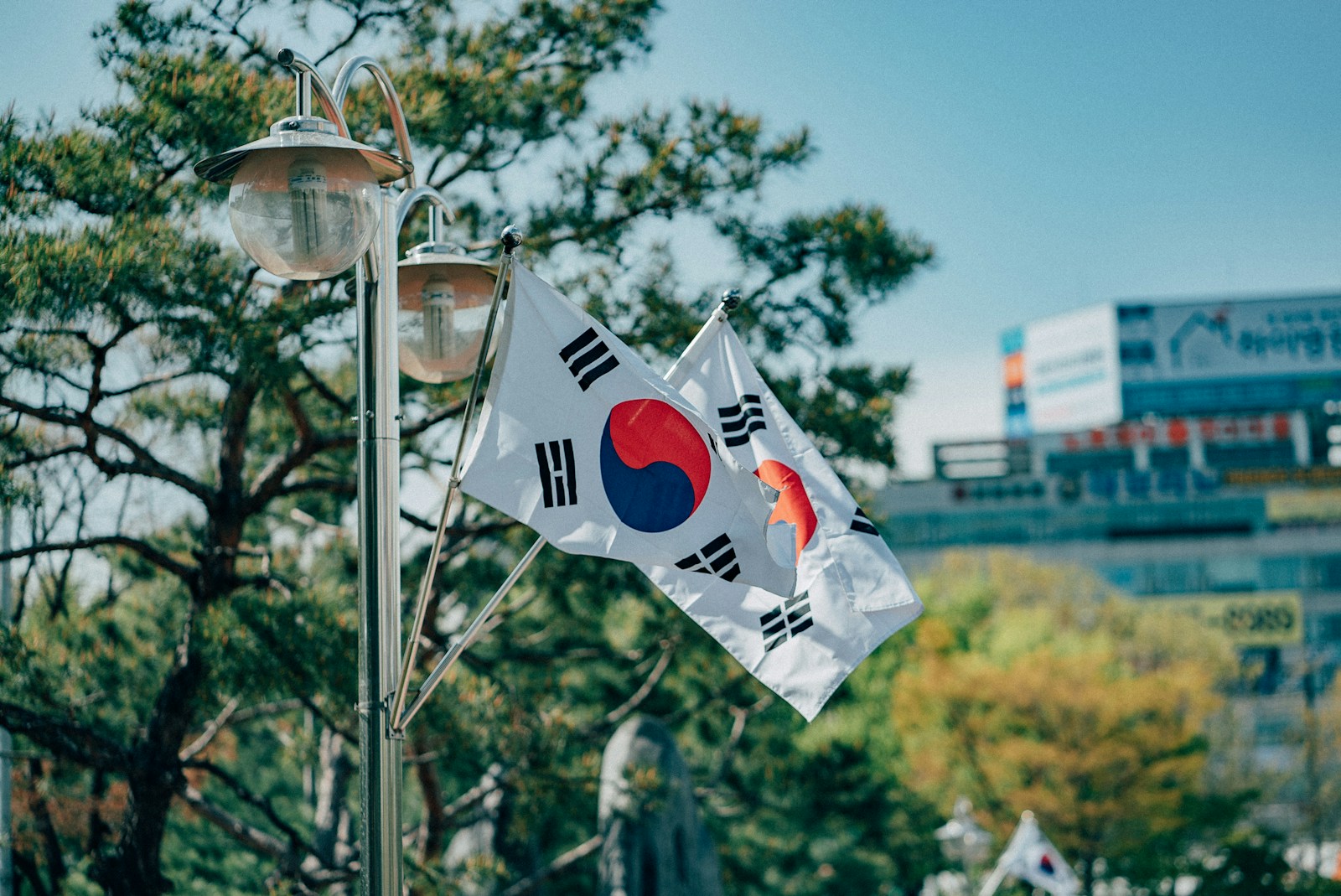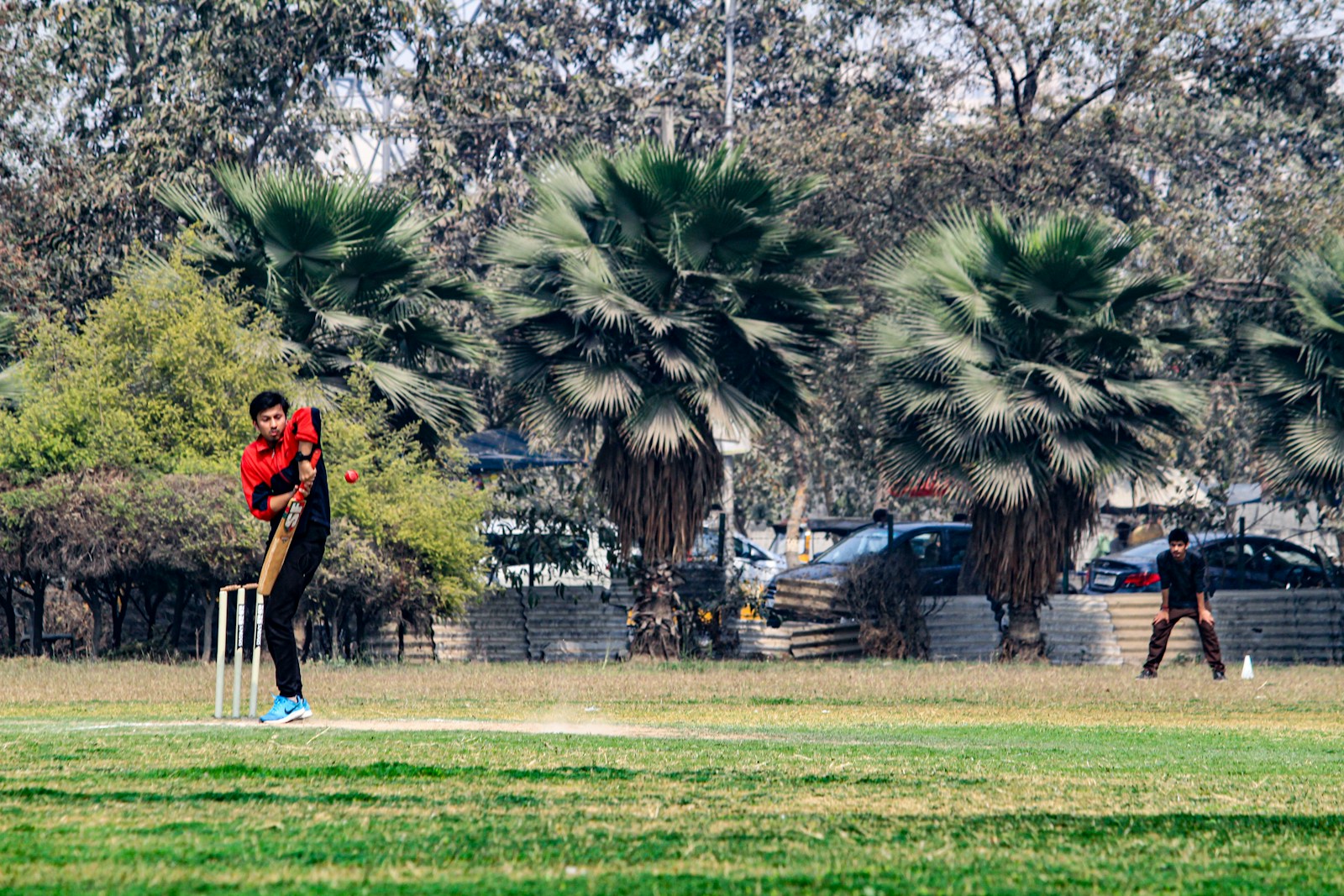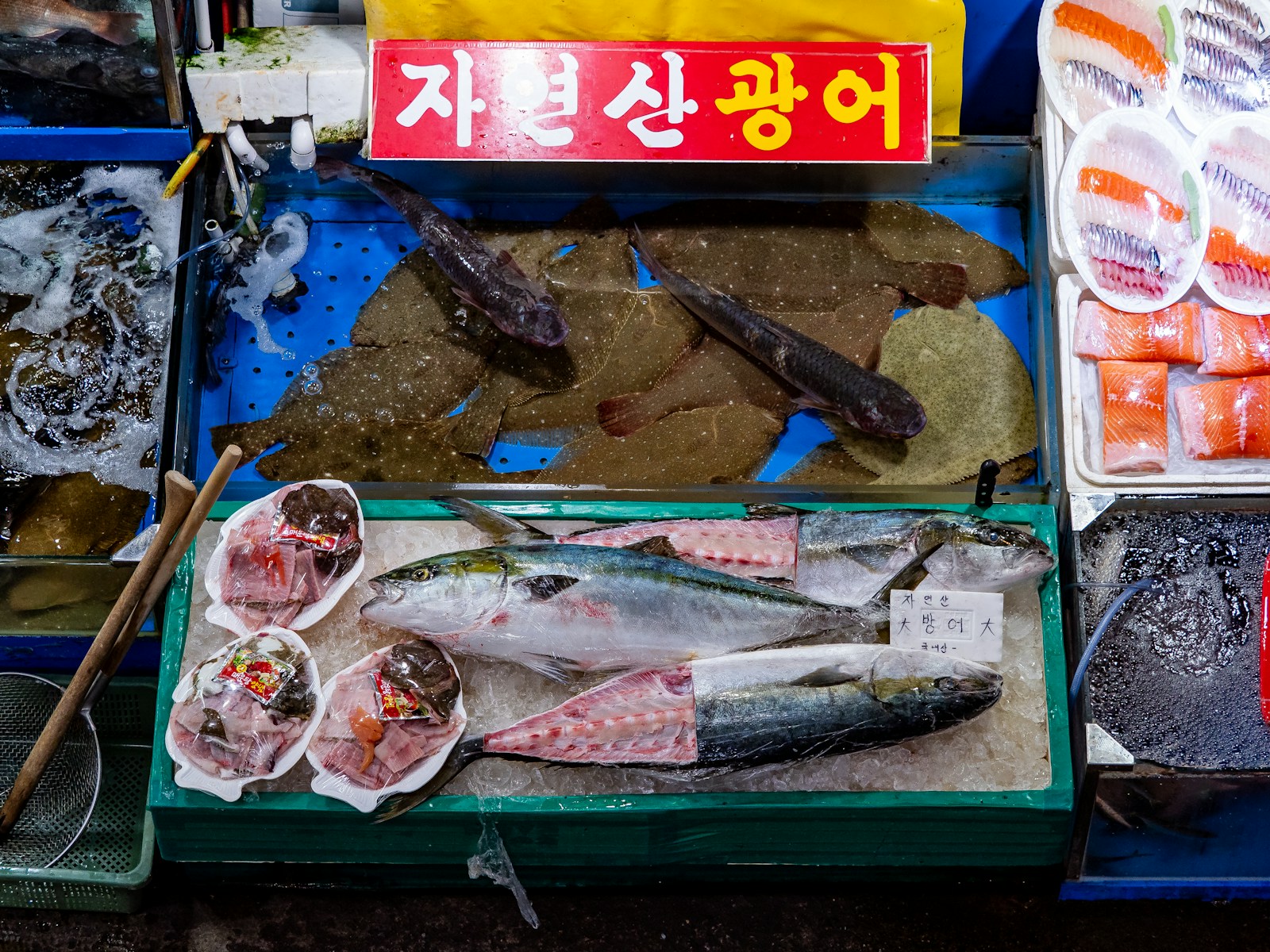The Korean Diaspora in an Unlikely Place: Finding Identity in the American South

By Saerom Kim and Minwoo Jung
When people think of the Korean-American experience, they typically picture the bustling Koreatowns of Los Angeles or New York. They imagine a story centered on the coasts, a narrative of small family businesses and the gradual assimilation into the American melting pot. But a new, and perhaps more telling, chapter of the Korean diaspora story is being written in an unlikely place: the sprawling suburbs and small towns of the American South. Driven by massive investments from Korean industrial giants like Hyundai and SK, a thriving Korean community is putting down roots, creating a fascinating intersection of global economics, geopolitics, and the deeply personal search for identity.
From Saerom's vantage point in Statesboro, Georgia, this is a story best told through the details of daily life. It's the sight of a new Korean grocery store opening in a strip mall, its aisles filled with both elderly first-generation immigrants and American-born teenagers. It's the sound of Korean being spoken at the local Walmart. It's the emergence of Korean churches that serve as the community's social and cultural backbone. For the thousands of Korean expatriates who have moved here to work as engineers, managers, and technicians at the new factories, it is a life of profound duality. They are here to participate in a high-tech, globalized industry, yet they are living in a region defined by its deep, traditional, and often conservative American culture.
This creates a unique set of challenges and opportunities. How do you raise your children to be proud of their Korean heritage when they are surrounded by a culture that may know little about their home country beyond K-Pop and K-dramas? How do you forge a sense of community in a place that is so geographically and culturally distant from a traditional Koreatown? The answer, for many, is to build it themselves, creating a vibrant subculture that blends Korean traditions with Southern hospitality.
From Minwoo's geopolitical perspective in Seoul, this migration is not just a collection of individual stories, but a strategic deployment of soft power. Every Korean family that moves to Georgia, every factory that is built, strengthens the economic and social ties between South Korea and the United States. This is not the grand, top-down diplomacy of state visits, but a far more durable, grassroots form of alliance-building. The presence of a significant Korean population creates a natural constituency that fosters a deeper understanding of and appreciation for Korean culture and interests among ordinary Americans and local politicians.
These communities act as informal cultural and economic embassies. The success of the Hyundai plant in Alabama or the SK battery plant in Georgia is a powerful testament to Korean industrial prowess and reliability. This builds goodwill and a reputation for partnership that is invaluable in the corridors of power in Washington D.C. It ensures that the US-Korea alliance is not just a military pact, but a deeply interwoven economic and social relationship.
The story of the Korean diaspora in the South is a microcosm of South Korea's 21st-century identity. It is a story of a nation that is confident enough to project its economic power globally, and a people who are resilient enough to build a new home in an unfamiliar land. It is a powerful reminder that the ties that bind nations are often forged not in treaties, but around the dinner tables of families who have traveled far from home in search of a better future.



